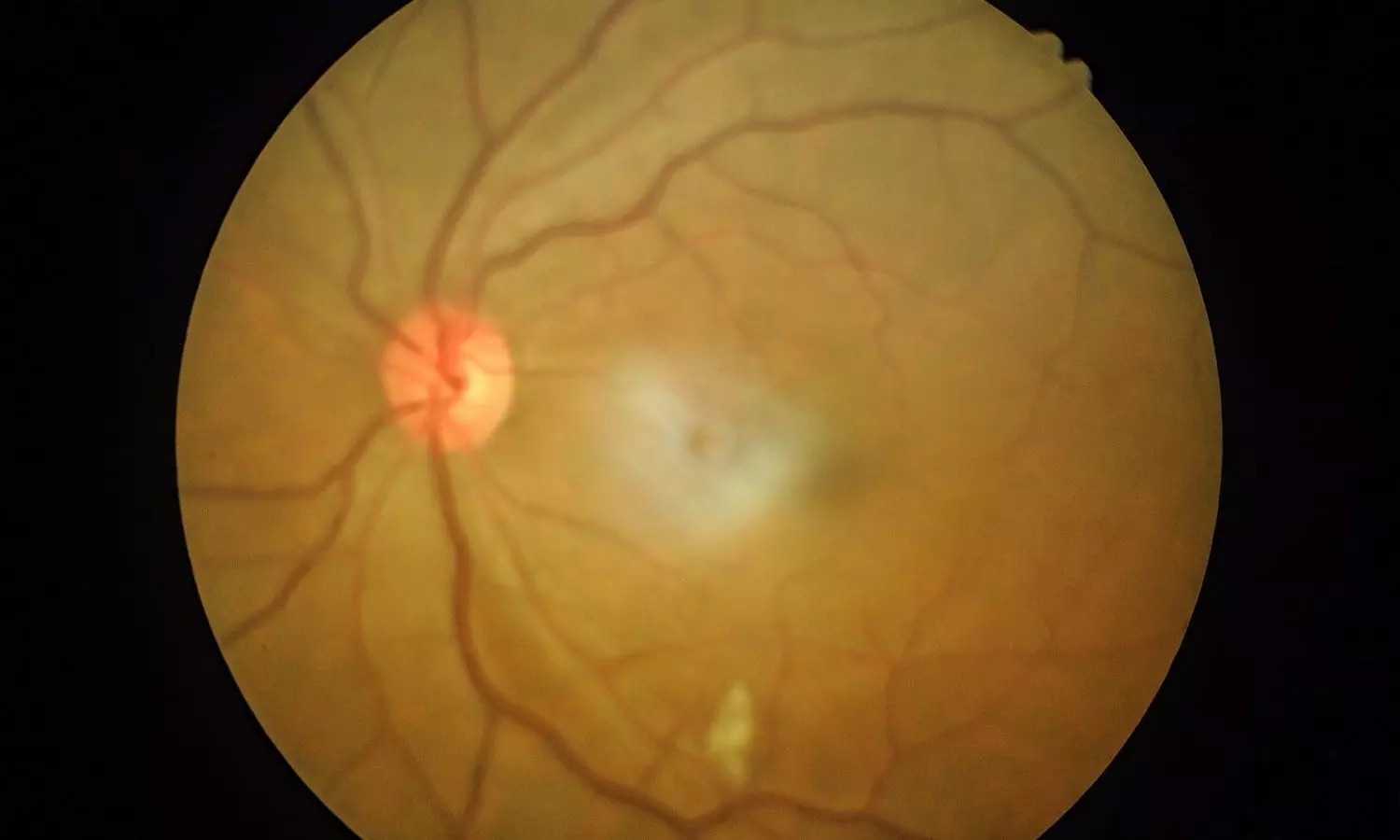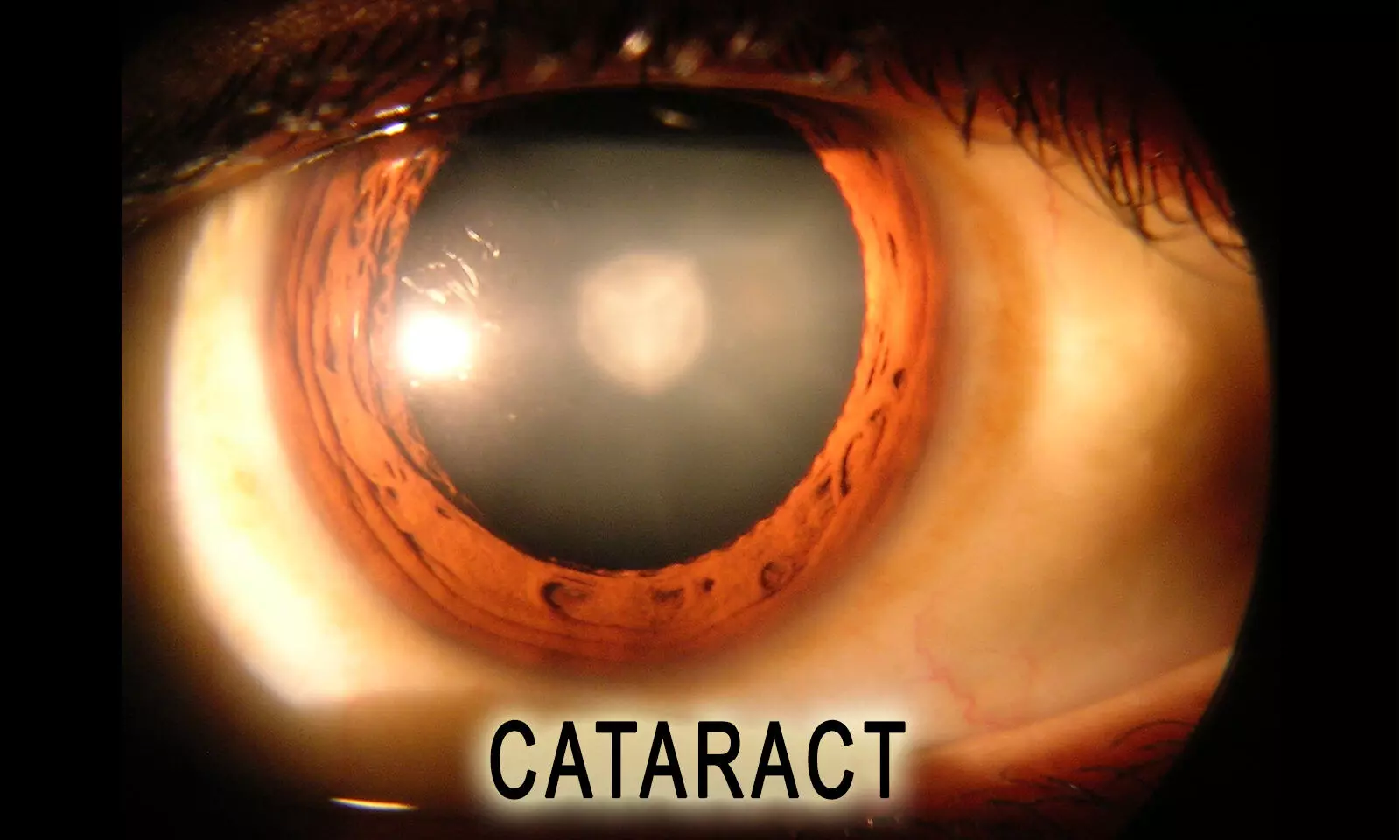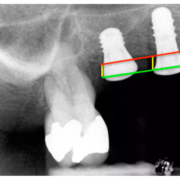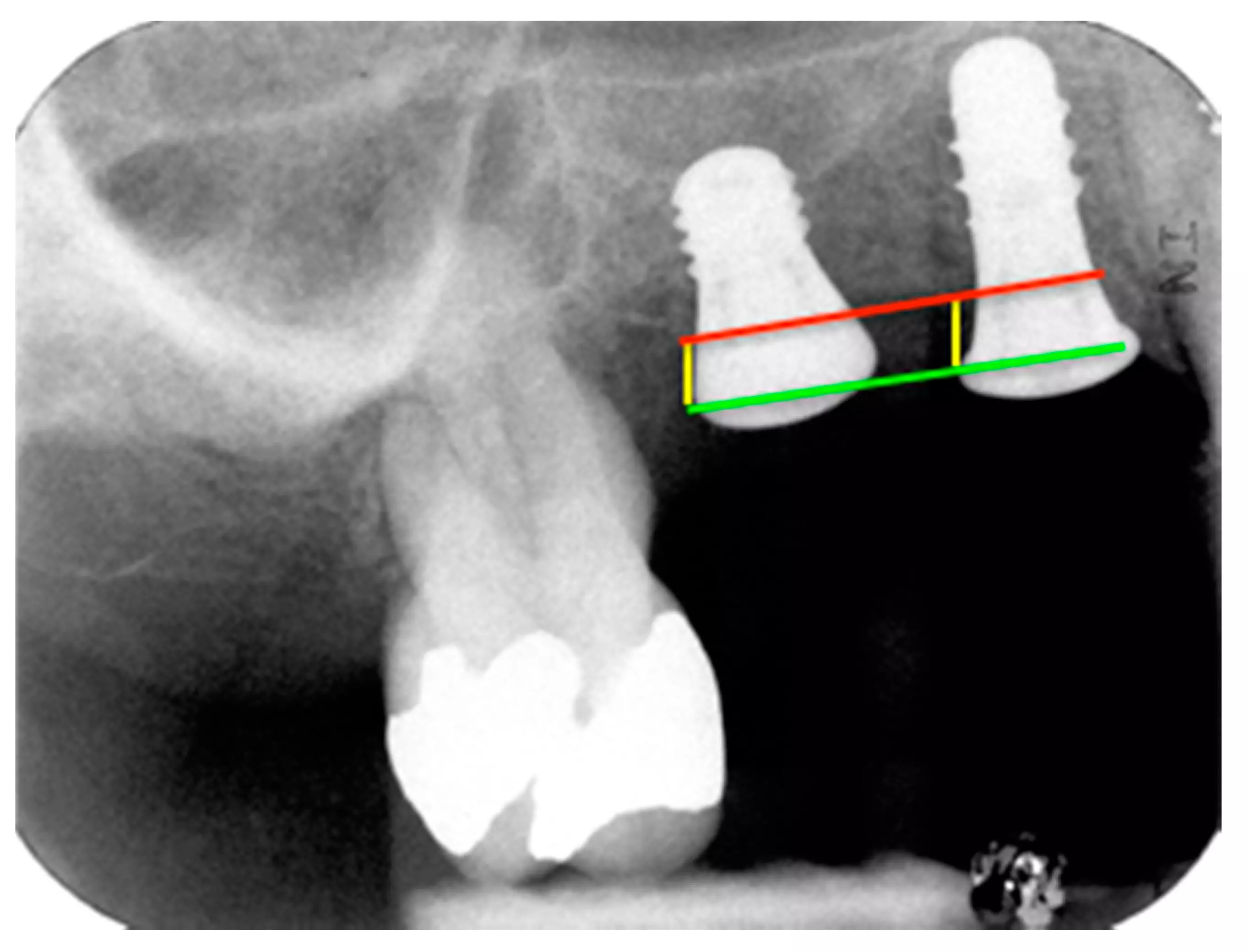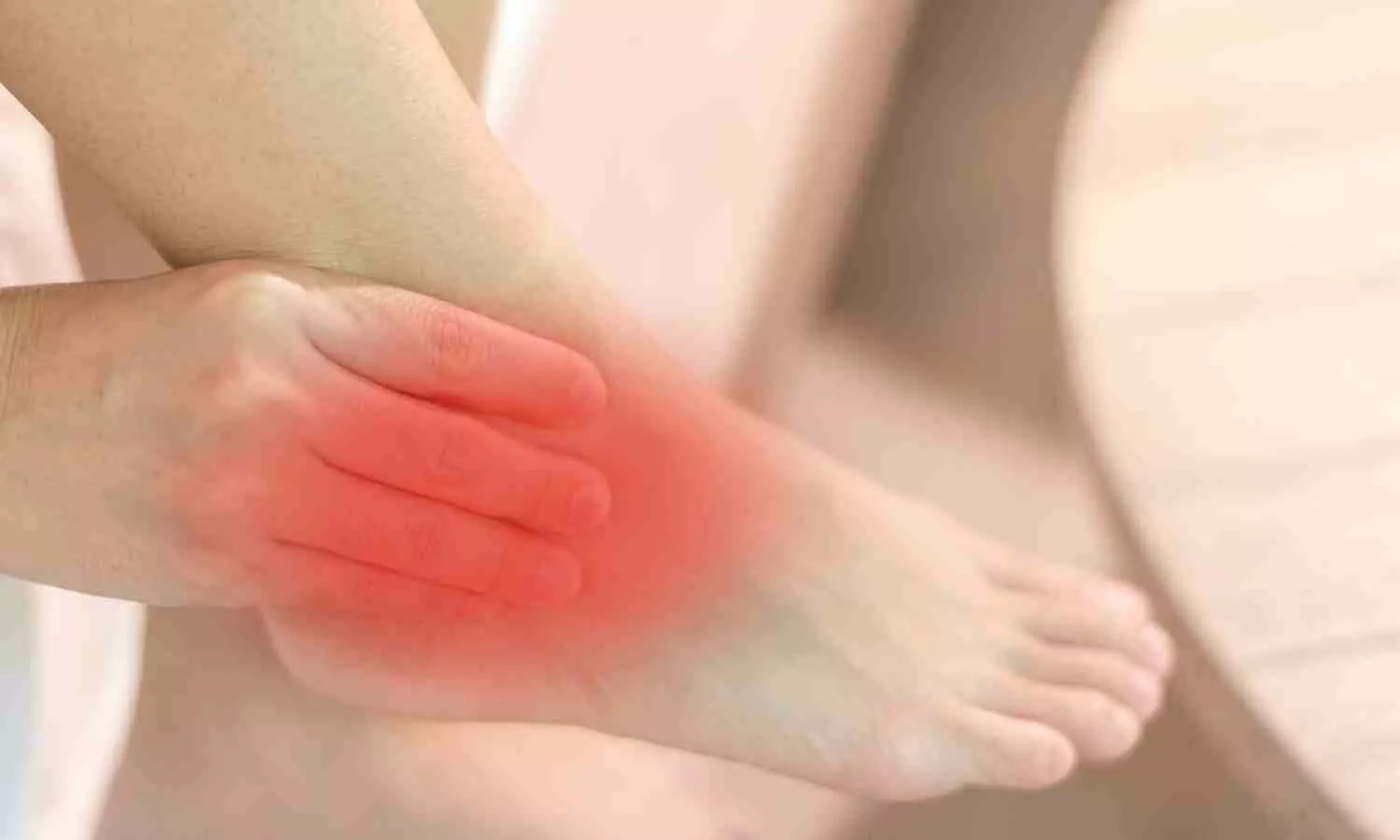Patients with electrical storm and reduced LVEF best suited for early Catheter ablation strategy compared to medical therapy: Study

Researchers have demonstrated that catheter ablation (CA) significantly improves survival in patients with electrical storm (ES), particularly those with a reduced left ventricular ejection fraction (LVEF). ES is a life-threatening condition defined by recurrent ventricular arrhythmias with high early and subacute mortality rates. Even though CA is an established treatment option, the effect of the procedure on short-term and midterm survival has been unclear. A recent study was conducted by Karim B. and colleagues which was published in the journal of JACC: Clinical Electrophysiology.
The study involved 780 consecutive patients admitted with ES across four tertiary centers. The differences in baseline characteristics between the treatment groups were accounted for by propensity score matching. After matching, 288 patients underwent CA, and 288 received medical therapy alone. The demographic characteristics, ES presentation, and management strategies were comparable between the groups, thus ensuring balanced comparisons.
Key Findings
Reduction in ES Recurrence:
-
CA decreased the incidence of ES at 1 year to 5% compared with the medical therapy group (26%; p< 0.001).
-
Increased Survival:
-
Survival after discharge at 1 year was significantly higher among patients treated with CA (91%) than among those in the medical therapy group (81%; p<0.001).
-
Survival at 3 years was 78% in the CA group versus 71% in the medical therapy group (p=0.017).
Subgroup Analysis:
-
The hazard ratio was 0.39 (95% CI: 0.24–0.66) for patients above 70 years of age who benefited from CA.
-
Significant efficacy was observed in patients with LVEF <35%, with an HR of 0.39 (95% CI: 0.27–0.59).
The study concludes that survival is better and ES recurrence lesser in patients admitted for ES with CA-based management. The findings support the broader use of CA, especially in patients with low ejection fraction or other characteristics calling for high risk, and thus reinforce its role in modern cardiac care.
Reference:
Powered by WPeMatico



